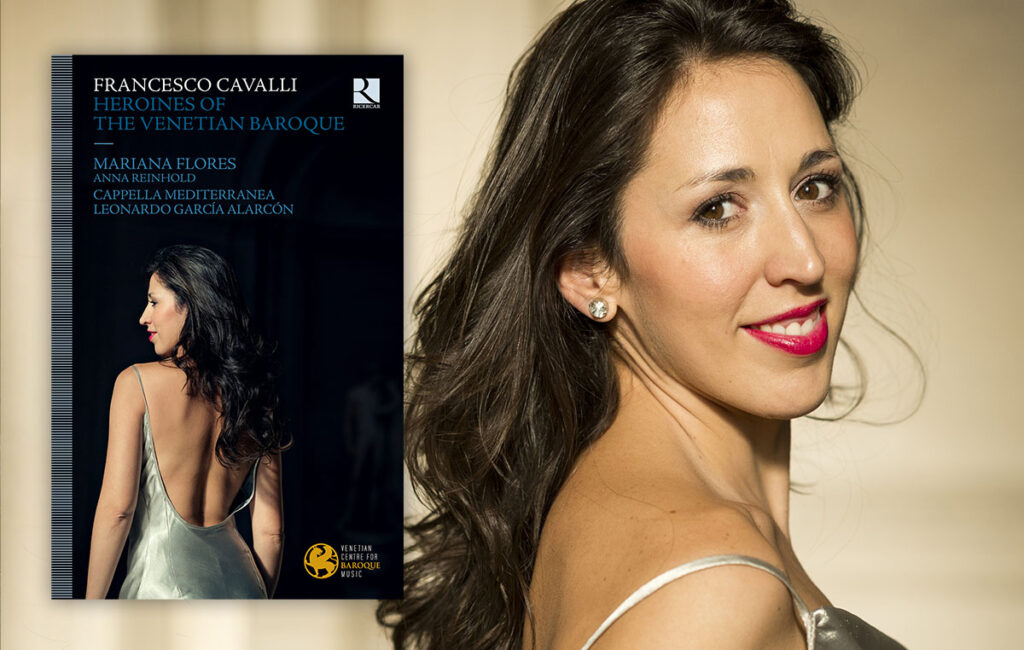


Francesco Cavalli (1602-1676) may not have been the first opera composer, but he was the most important lyricist of the 17th century. He wrote about thirty operas over three decades. Thanks to him, the first public opera was inaugurated in Venice in 1639. In Florence and Mantua, opera was developed at the beginning of the century to celebrate the ruling dynasties. Venice, by contrast, was an oligarchy governed by a group of patricians. Theatre was therefore not limited to the court. In fact, the city had a long tradition of public entertainment for tourists and Venetians alike during the carnival period. These theatrical productions were often eccentric and included parades, jousts, declamatory theatre and, as of 1637, opera. Cavalli began singing at St. Mark’s Basilica in 1616 and gradually rose through the ranks, becoming second organist in 1639, first organist in 1665, and maestro di cappella in 1668 – a position that his teacher Monteverdi had held from 1613 until his death in 1643. Throughout the 1640s, opera became a prime attraction during carnival season and the number of theatres and productions grew. While several composers, librettists, singers and impresarios were involved in the productions, Cavalli remained the figurehead of Venetian opera for the next thirty years. He composed twenty-eight operas for various theatres and collaborated with at least six different librettists. Cavalli’s success as an opera composer can be attributed to the way in which he used music to accentuate the dramatic potential of the texts provided by his librettists. His style – strongly influenced by his mentor Claudio Monteverdi – was extremely fluid, moving from musical declamation to more lyrical passages to match the emotional inflections of the text. Although his libretti were mostly composed of free verse that he set to recitative, he also worked with fixed forms for the arias, including syllabic forms for strophic poetry and freer forms for the lamenti. Often, however, the lyrical passages were not restricted to a particular form, especially when used to express particularly passionate and fleeting thoughts amidst the recitative. In order to respond to the public’s voracious demand for new works, Cavalli and his librettists developed a whole series of musical and dramatic conventions, many of which are illustrated in this recording, including the aria, the lamento, the mad scene and the love duet. The extracts selected here not only represent all of his surviving opera scores, but also illustrate the full range of his art.
